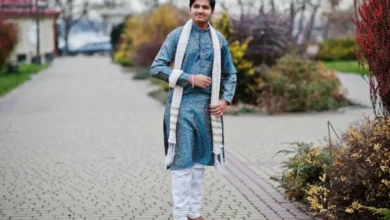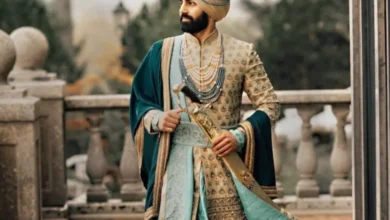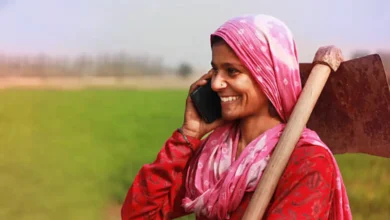Traditional Clothing in India: Saree
The Saree is one of the most iconic traditional garments in India, representing centuries of culture, history, and artistry. This elegant attire is not just a piece of clothing; it’s a symbol of identity, tradition, and grace. Let’s delve into the history, significance, styles, and more about this timeless attire.
What is a Saree?
A Saree is a long, unstitched piece of fabric, typically ranging from five to nine yards in length. It is draped elegantly around the body and paired with a fitted blouse and a petticoat. The beauty of a Saree lies in its versatility, as it can be styled in numerous ways to reflect regional, cultural, or individual preferences.
The Historical Evolution of the Saree
The history of the Saree dates back thousands of years, making it one of the oldest surviving garments in the world. Its origins can be traced to:
- The Indus Valley Civilization (2800–1800 BCE): Early references to draped clothing can be found in ancient sculptures and carvings.
- Vedic Period: The word “Saree” is derived from the Sanskrit word “Sati,” meaning a strip of cloth.
- Mughal Era: Rich brocades and intricate embellishments became prominent during this period.
The Cultural Significance of the Saree
The Saree holds immense cultural and emotional value in Indian society. It symbolizes:
See also Traditional Chinese Clothing: Qipao Cheongsam
Traditional Chinese Clothing: Qipao Cheongsam- Tradition: Worn during festivals, weddings, and religious ceremonies.
- Identity: Regional styles and draping techniques reflect diverse Indian cultures.
- Heritage: Passed down through generations, often becoming family heirlooms.
Types of Sarees in India
India’s diversity is beautifully reflected in the variety of Sarees, each with unique weaving techniques, fabrics, and designs. Some of the most popular types include:
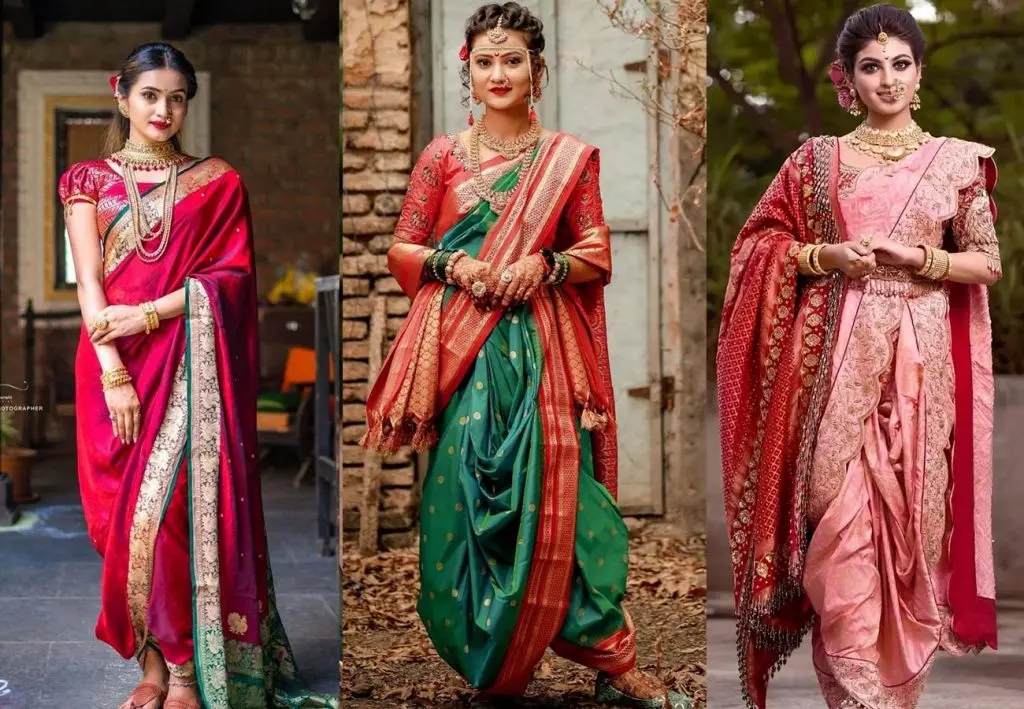
1. Banarasi Saree
Originating from Varanasi, Banarasi Sarees are known for their luxurious silk fabric and intricate gold and silver brocade work.
2. Kanjeevaram Saree
Hailing from Tamil Nadu, these Sarees are famous for their vibrant colors, heavy silk material, and traditional motifs like temples and flowers.
3. Chanderi Saree
From Madhya Pradesh, Chanderi Sarees feature lightweight fabrics adorned with zari and silk work, making them ideal for festive occasions.
See also Traditional Chinese Clothing: Hanfu
Traditional Chinese Clothing: Hanfu4. Bandhani Saree
Common in Gujarat and Rajasthan, Bandhani Sarees are created using the tie-and-dye technique, showcasing colorful patterns.
5. Assam Silk Saree
Known for their simplicity and elegance, these Sarees are woven from Muga silk, exclusive to Assam.
Saree Draping Styles Across India
The way a Saree is draped often reflects regional traditions. Here are a few notable draping styles:
- Nivi Style: The most common drape, originating from Andhra Pradesh.
- Bengali Style: Characterized by a loose pleat over the shoulder and no pleats at the front.
- Maharashtrian Style: A unique drape resembling a dhoti.
- Gujarati Style: The pallu (end piece) is brought from the back to the front.
The Role of Fabrics in Sarees
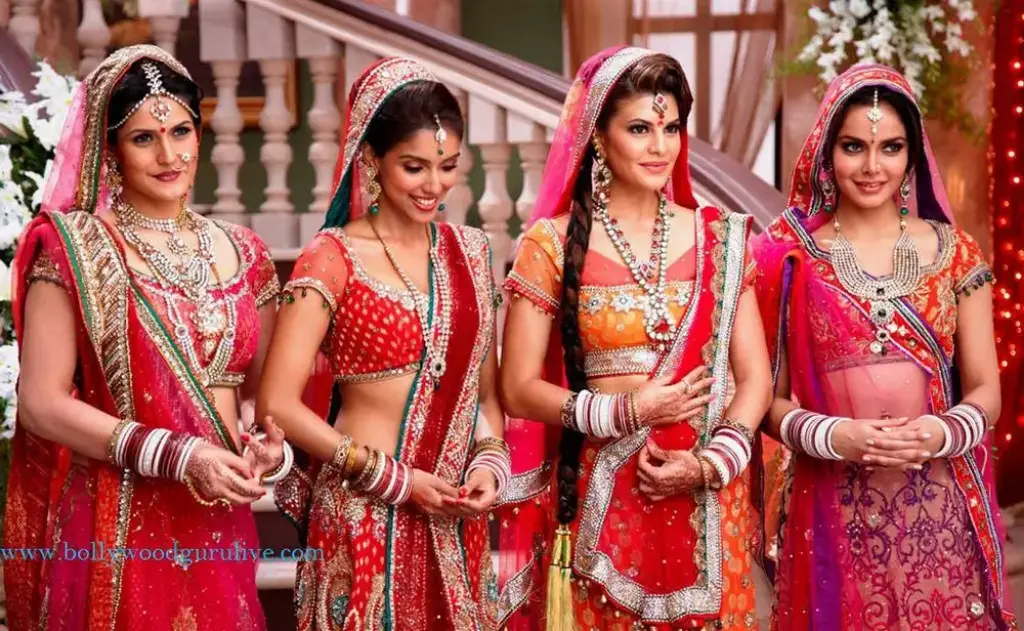
The fabric of a Saree plays a crucial role in its appearance and suitability for different occasions:
- Silk: Known for its sheen and richness, used in weddings and festivals.
- Cotton: Lightweight and breathable, ideal for daily wear and summer.
- Georgette and Chiffon: Preferred for their fluidity and ease of draping.
Saree Embellishments and Designs
Many Sarees are adorned with intricate embellishments that enhance their beauty. Popular techniques include:
- Zari Work: Metallic threads woven into patterns.
- Embroidery: Threadwork in floral, geometric, or mythological designs.
- Mirror Work: Often seen in Gujarati styles.
The Modern Revival of the Saree
Despite modern fashion trends, the Saree continues to thrive. Contemporary adaptations include:
- Pre-Stitched Sarees: Designed for convenience without compromising on style.
- Fusion Styles: Saree gowns and lehenga-Saree hybrids.
- Bold Prints and Patterns: Appealing to younger generations.
The Symbolism of Colors in Sarees
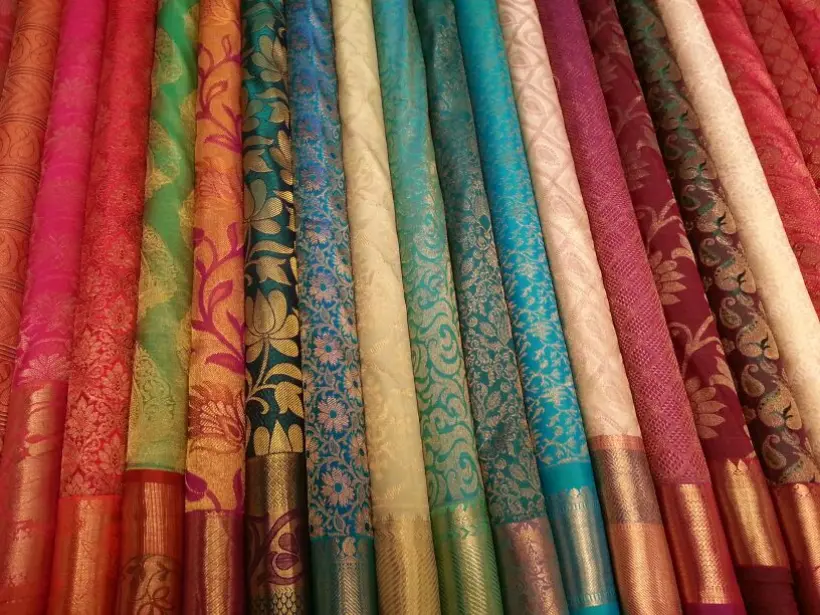
The color of a Saree often carries specific meanings:
- Red: Symbolizes marital bliss and is a favorite for brides.
- White: Worn during mourning or spiritual events.
- Yellow: Associated with auspicious beginnings and festivals.
How to Choose the Perfect Saree
Selecting the ideal Saree depends on factors like:
- Occasion: Opt for silk or embellished Sarees for weddings, and cotton or georgette for casual events.
- Body Type: Lighter fabrics like chiffon suit petite frames, while heavier fabrics complement curvier figures.
- Budget: From affordable printed Sarees to luxurious silk, there’s something for everyone.
The Global Appeal of the Saree
In recent years, the Saree has gained international recognition, with celebrities and designers showcasing it on global platforms. Its elegance and adaptability make it a favorite among fashion enthusiasts worldwide.
Tips for Maintaining Your Saree
To preserve the beauty of your Saree:
- Store silk and embroidered Sarees in muslin cloth.
- Avoid direct sunlight to prevent color fading.
- Dry clean delicate fabrics to maintain their texture and shine.
A Timeless Legacy
The Saree is more than just a garment; it is a celebration of India’s rich cultural heritage. From its historical roots to modern interpretations, the Saree continues to be a cherished attire that transcends time and trends.
“`

